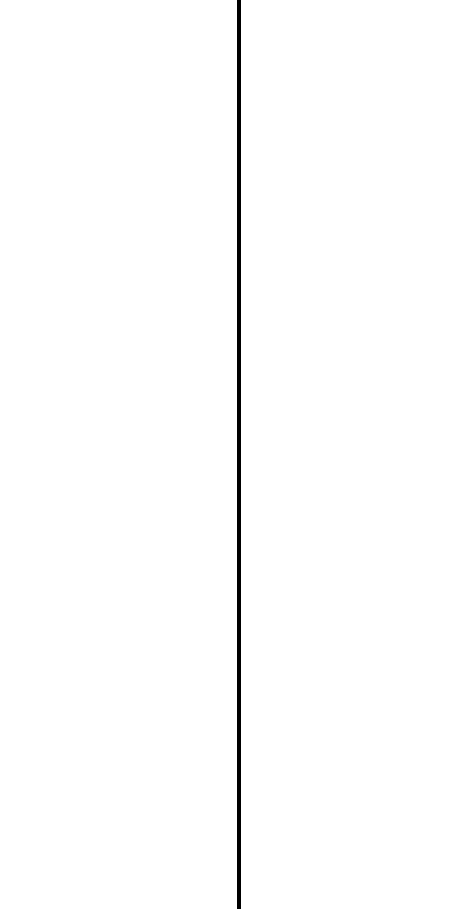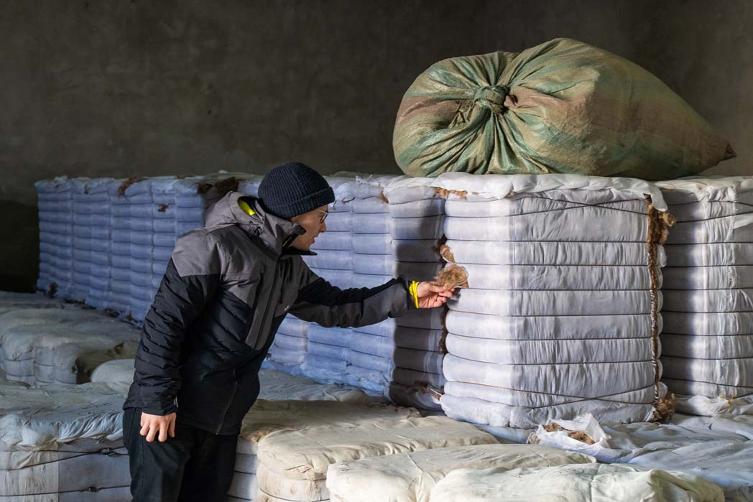Our supply chain
When manufacturing our textiles, it is important to us that the added value remains in Mongolia. That is why we have been focussing for years on family businesses in Ulaanbaatar, nomadic communities in the steppe and a short supply chain to ensure fair production conditions.


Wool extraction
After the harsh winter, the animals are shorn - or combed in the case of yak wool - by the nomads. Between May and June, many nomadic families in Mongolia produce new wool in this way.
Processing
The camel, sheep and yak wool is purchased in the villages directly from our producers or from wool traders. It is cleaned and spun in Ulaanbaatar before being used for clothing production.


Production
We realise the production of our clothing in partnership with two family businesses. This means that the added value remains in Mongolia.
Transport
The finished garments are flown to Aachen and then transported to you. We have analysed the CO2 footprint of a pair of socks for you in our life cycle assessment.

What sets us apart from the fashion industry.
Textiles usually travel around the world several times before they are sold: The patterns come from Italy, the cotton is grown in China, the fabric is woven and dyed in South Africa and so on. Transparency in material sourcing and labour standards in production are often inadequate. The beneficiaries and profiteers of these supply chains are middlemen. We do things differently and focus on a short, direct supply chain between Mongolia and Germany.
The added value remains with the nomadic families in the steppe and the small and medium-sized enterprises in the Mongolian capital. Only a relatively small number of people work between the animals and you, ensuring that the raw wool is ultimately turned into fine garments. We regularly visit our producers on site and can show you first-hand where the wool comes from.